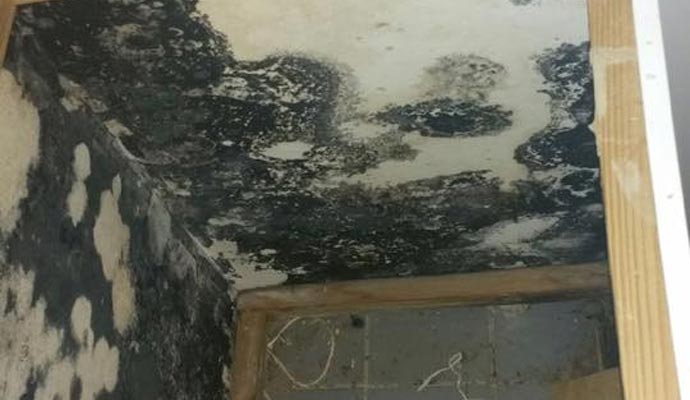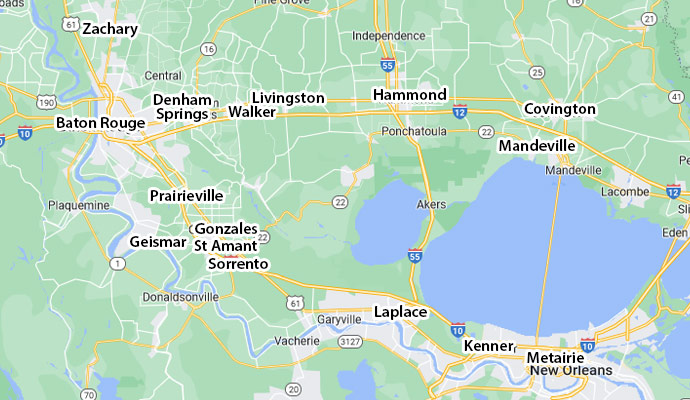Mold - What You Really Need To Know
Mold comes in thousands of different strains, but only a few, including the notorious Stachybotrys chartarum, aka black mold, produce toxins. Researchers acknowledge that these toxins are potent enough to cause serious problems in healthy people. But they are still debating whether people are actually exposed to high enough concentrations to cause major illness.
However, there is plenty of evidence that all molds can potentially cause rashes, headaches, dizziness, nausea, allergic reactions (like hay fever), and asthma attacks. In people with weakened immune systems, they can cause serious lung infections.
What You Should Do to Help Prevent Mold

- Vent - Turn on an exhaust fan or open a nearby window while showering, bathing, running the dishwasher, or cooking, since all these activities produce water vapor. Make sure clothes dryers and all gas appliances are vented to the outside.
- Monitor Moisture - Use a hygrometer (about $20 at hardware and home stores) to check the indoor humidity level. If it exceeds 55 percent—most likely in summer—lower it by running an air conditioner or dehumidifier. In cold weather, indoor humidity should stay around 30 percent.
- Fix Leaks and Dry Waterlogged Areas - If the pipes burst, the roof springs a leak, or a new crack in the foundation ushers water in, fix the problem ASAP. If you find a leak, dry the area pronto. Call Cajun Maintenance or United Fire and Water for assistance!
- Declare War on Spores - Though molds are often a dark color (black or brown), they may be green, yellow, or even an incongruously delicate pink. They usually spread out in a circular pattern. If you have asthma or are allergic to mold, get someone else to do the cleanup.
- Replace Porous Moldy Things - It’s nearly impossible to remove mold from the tiny pores in wallpaper, ceiling tiles, carpeting, and dry-clean-only upholstery.
- Know When You Need a Pro - If mold covers more than a square foot, get professional help. Ditto if you can smell but can’t see mold—that means it’s probably behind a wall or wallpaper. Don’t play Bob Vila: Knocking a hole in the wall or peeling back the wallpaper can release so many spores that you can become seriously ill whether you’re allergic or not.
Need a pro? Call us our Baton Rouge Water Damage Experts ASAP at 225-401-6568
















